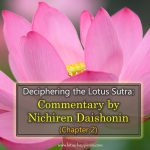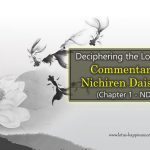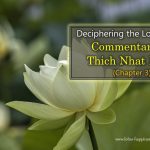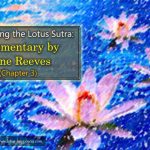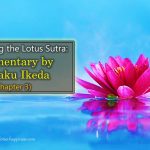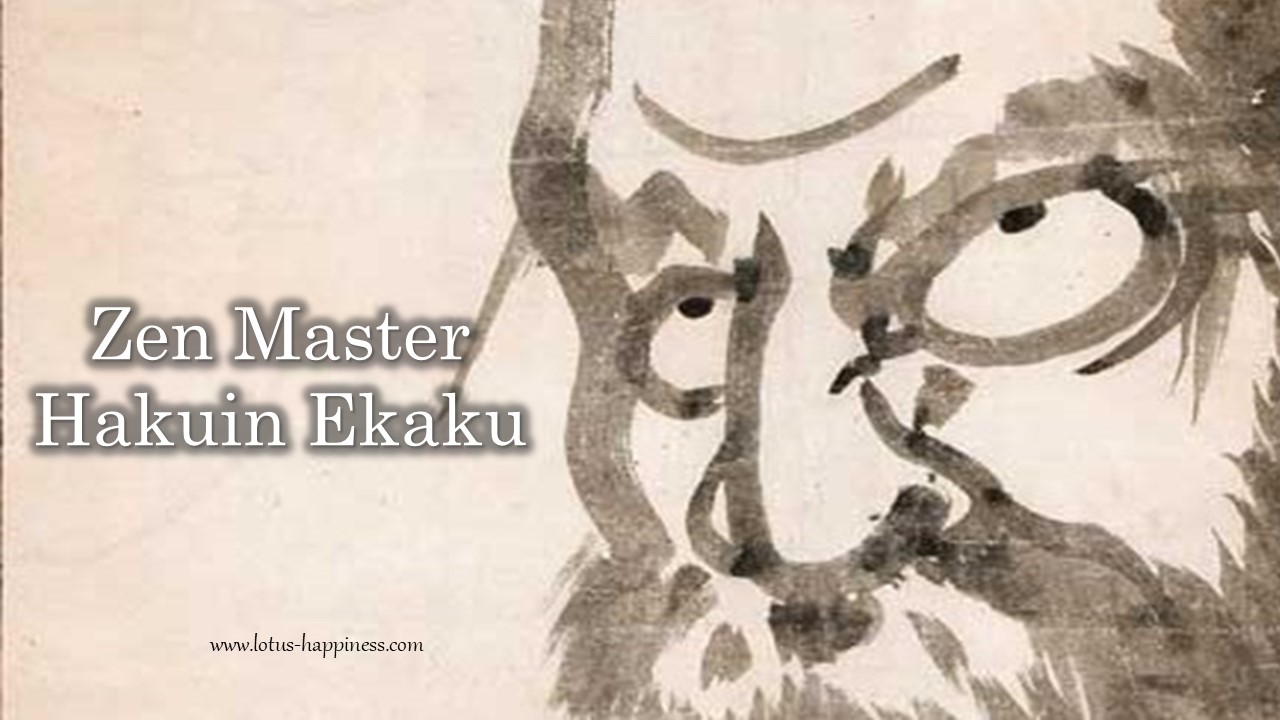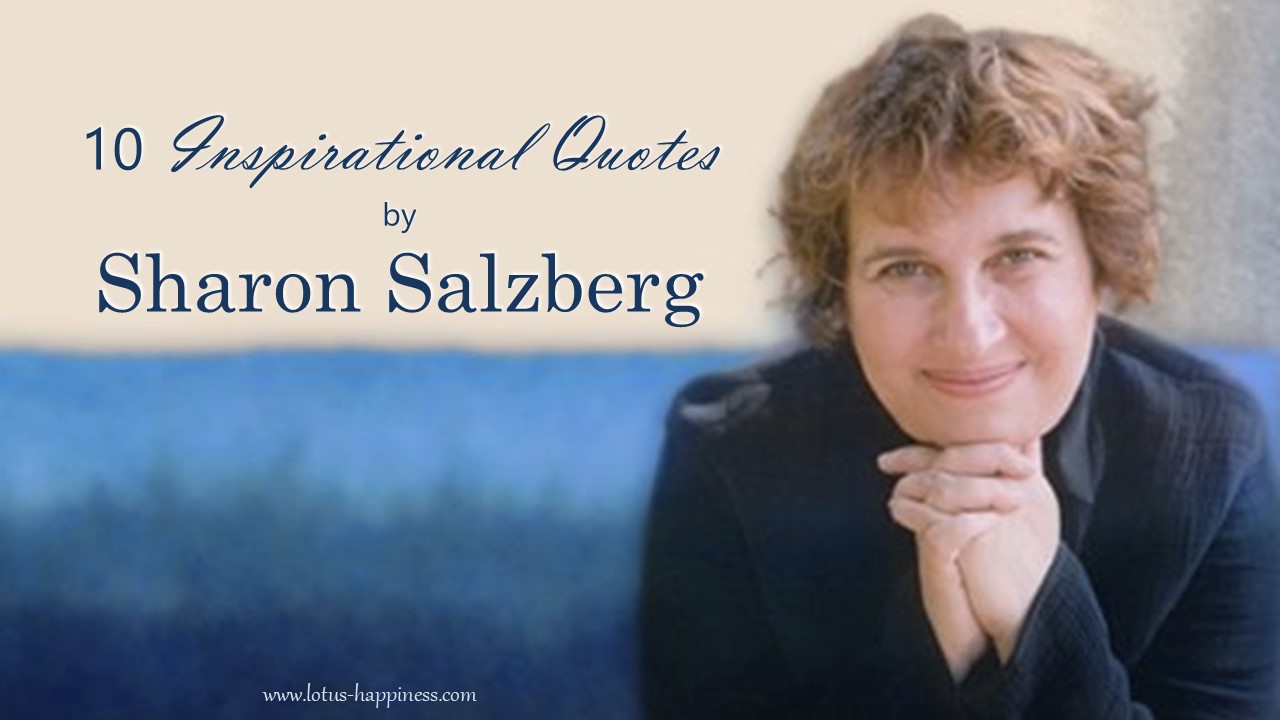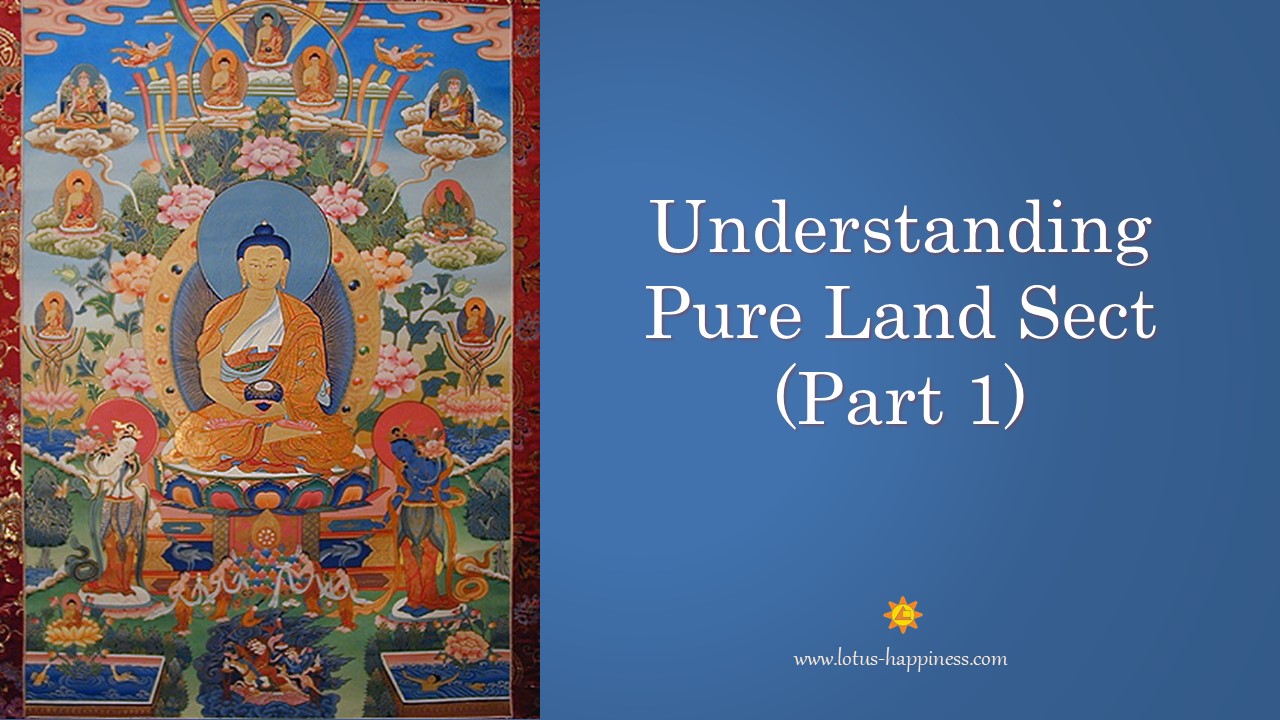Deciphering the Lotus Sutra: Commentary by Nichiren Daishonin (Chapter 3)
Point Seven, on using similes and parables to obtain understanding, as in the passage “Moreover, Shāriputra, I too will now make use of similes and parables to further clarify this doctrine. For through similes and parables those who are wise can obtain understanding.”
Great Concentration and Insight, volume five, says, “Wisdom means being able to use similes as a means by which to understand the teachings.”
The Record of the Orally Transmitted Teachings says: This passage refers to the way in which the image of a mirror expresses the perfect unification of the three truths. Generally speaking, the simile of a mirror refers to the way in which one can see one’s image and reflection in a mirror. The mirror is the mirror of the single mind. Although there are various sayings associated with mirrors, in the end they are founded on the particular power and virtue of mirrors, their ability to reflect all of the ten thousand images1 or phenomena. The five characters Myoho-renge-kyo similarly reflect the ten thousand phenomena, not overlooking a single one of them.
The Record also speaks of five mirrors. In the mirror of myō are reflected the wonders of the Dharma-realm; in the mirror of hō is reflected the entity or essence of the Dharma-realm; in the mirror of ren are reflected the effects of the Dharma-realm; in the mirror of ge are reflected the causes of the Dharma-realm; and in the mirror of kyō are reflected the words and sounds of the ten thousand phenomena.
Again we may say that in the mirror of myō are reflected the Flower Garland teachings; in the mirror of hō, the Āgama teachings; in the mirror of ren, the Correct and Equal teachings; in the mirror of ge, the Wisdom teachings; and in the mirror of kyō, the Lotus teachings. One should understand how they relate to each other both in the order they were preached and in the reverse order.
The five bodily sections, or the five elements that make up the bodies of living beings such as us, are reflections of Myoho-renge-kyo, and therefore we should learn to use the “Treasure Tower” chapter as our mirror. It will enable us to determine clearly whether our faith is genuine or whether we are committing slander. A mirror that allows us to see our own images and reflections—such is Nam-myoho-renge-kyo.
Source: Nichiren Library


